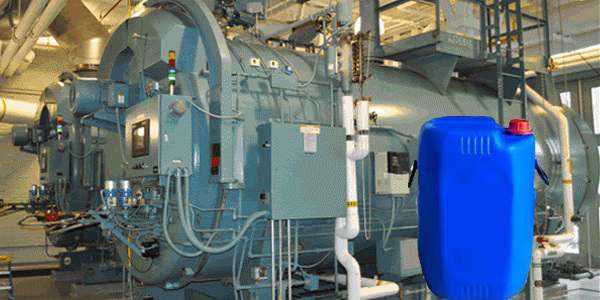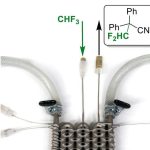Do you know that like cooling tower, a boiler also requires chemical treatment for various reasons. When I was a process engineer, I got the opportunity to learn about the chemical water treatments for utility boiler and cooling tower. There are various chemicals with specific functions. The chemicals, which I will explain below will imperatively preserve the life of a utility boiler (in this case a low pressure boiler). A low pressure boiler in this case is one which is less then 200 psi. We shall look upon several chemical parameters, namelu the amines, alkalinity, sulfites and phosphates or polymers of the boiler water.
Description: http://4.bp.blogspot.com/-Age5UFXc2NY/Tx6TzX7OKAI/AAAAAAAACn0/CTuJXhUVEiM/s400/lowpresure-BOILER.webp
Amines are used to increase the condensate pH to a range of 7.8 to 8.7. When generating steam, carbonic acid forms and as a result your steam pH is low. Amines are volatile and when introduced into the steam header or boiler water, amines will increase the condensate pH. A low pH will lead to excessive condensate pipe corrosion.
Alkalinity is used to increase the boiler water pH to above 10.5. This serves three purposes. pH above 10.5 will decrease your overall corrosion rates, it will keep a 3:1 ratio of total alkalinity to silica, and it allows the polymer to react with calcium. A 3:1 ratio keeps silica from plating in the boiler. A low pH will result in an over general corrosion appearance on your boiler tubes.
Sulfites are used to remove any dissolved oxygen from the water. Dissolved oxygen
Description: http://4.bp.blogspot.com/-4QZkr0PbgOQ/Tx6Xax_47eI/AAAAAAAACoA/GKNJtO2YMnI/s400/nalfleet-9-035-250×250.webp
enters the boiler in makeup water or as air is sucked into the system. Dissolved oxygen is extremely corrosive to your tubes and localized pits will form, ultimately resulting in premature tube failure. Maintain a 20 to 40 ppm residual of sulfite in your boiler water.
Phosphates and polymers are used to react with any calcium in the water. The polymer attaches itself to the calcium. The polymer and calcium then is able to exit the boiler through the surface or bottom blowdown. Phosphate reacts with the calcium and sinks the calcium to the bottom of the boiler. When using phosphates you must perform boiler blowdown daily to release the phosphate and calcium. Failure to use a polymer or phosphate will result in calcium build up on the tubes or as some call it boiler scale. This will decrease the over boiler efficiency and will drastically increase your fuel cost.
It is vital to note that water expands 100,000 times when it change from a liquid to vapor phase. A typical home water boiler 30 gallon system has enough energy to throw a 2,000 pound car over 100 feet in the air if catastrophically failed.


